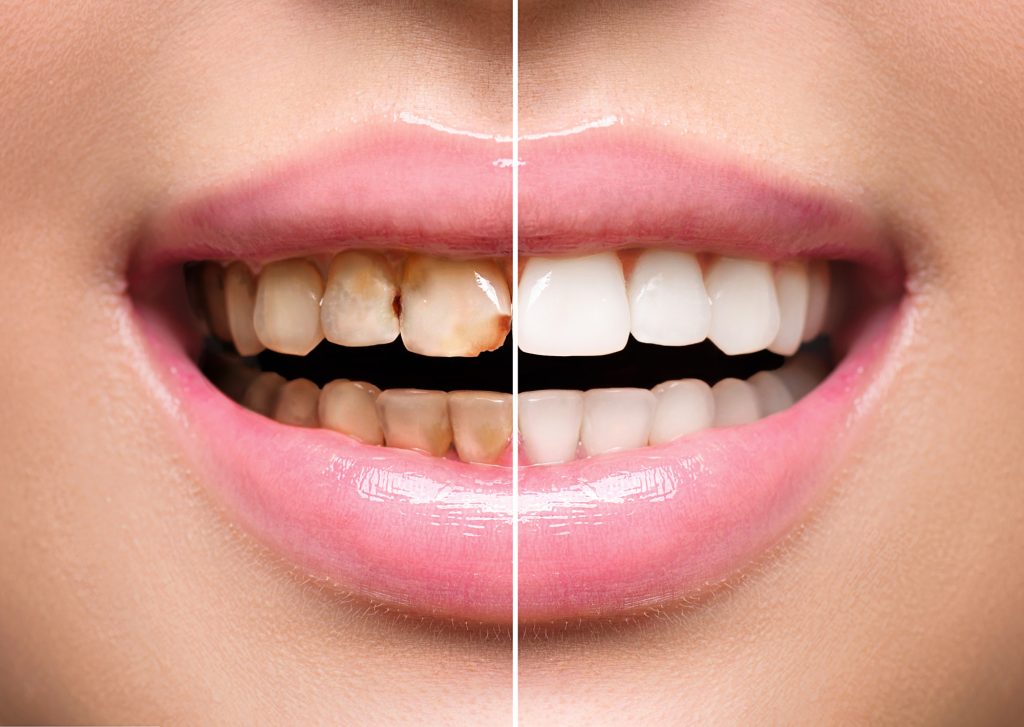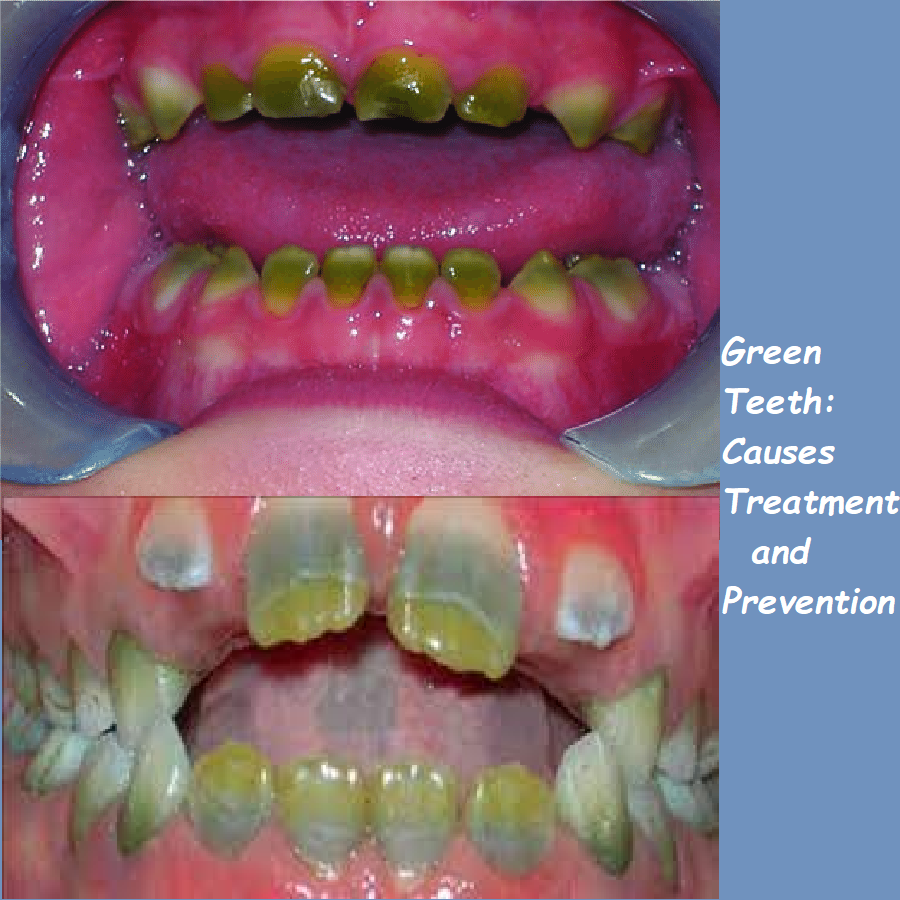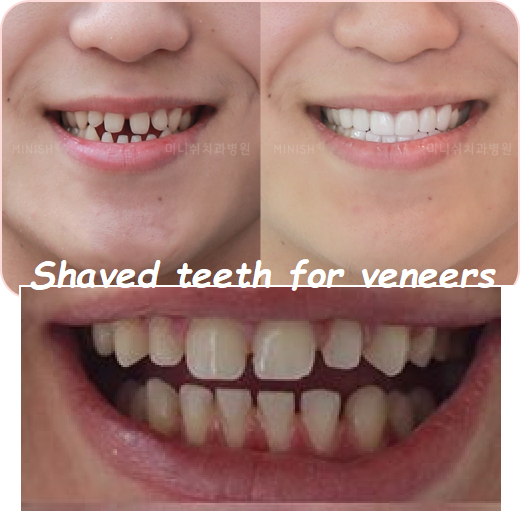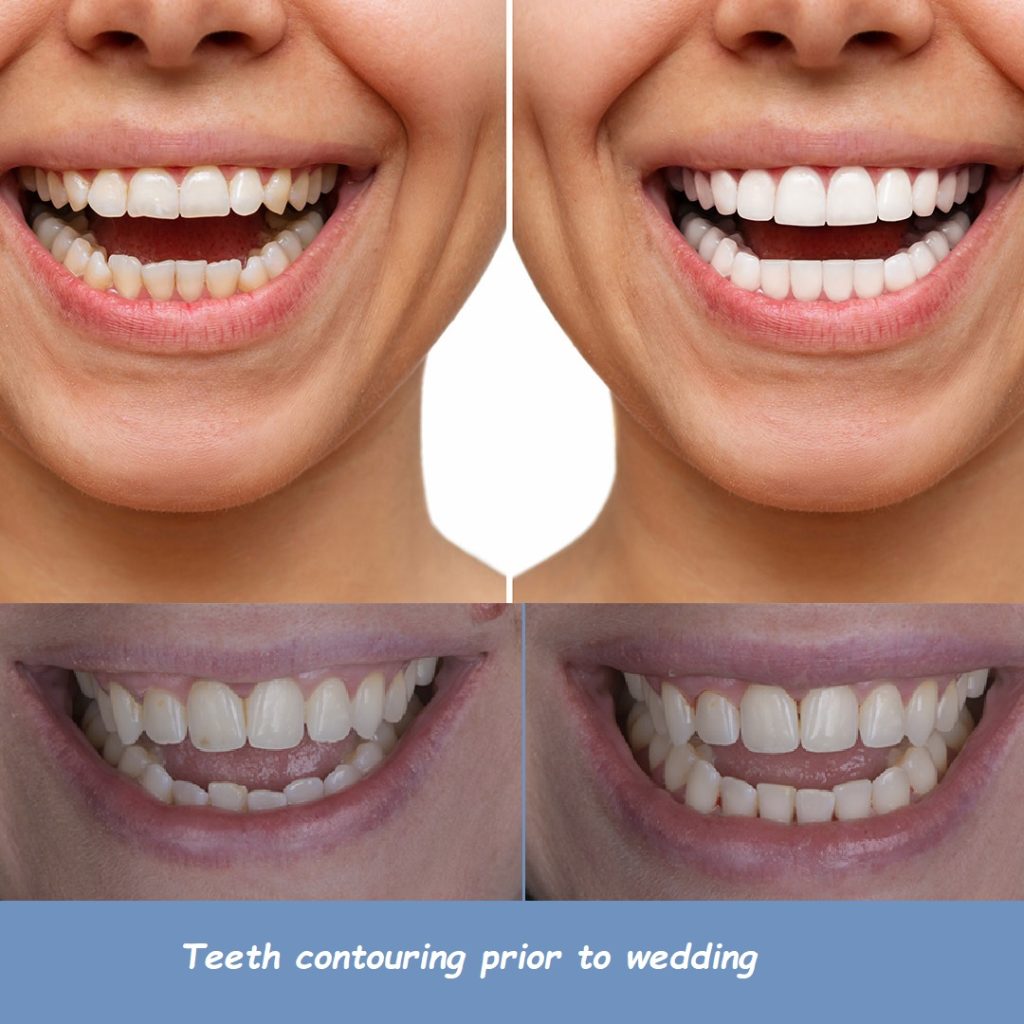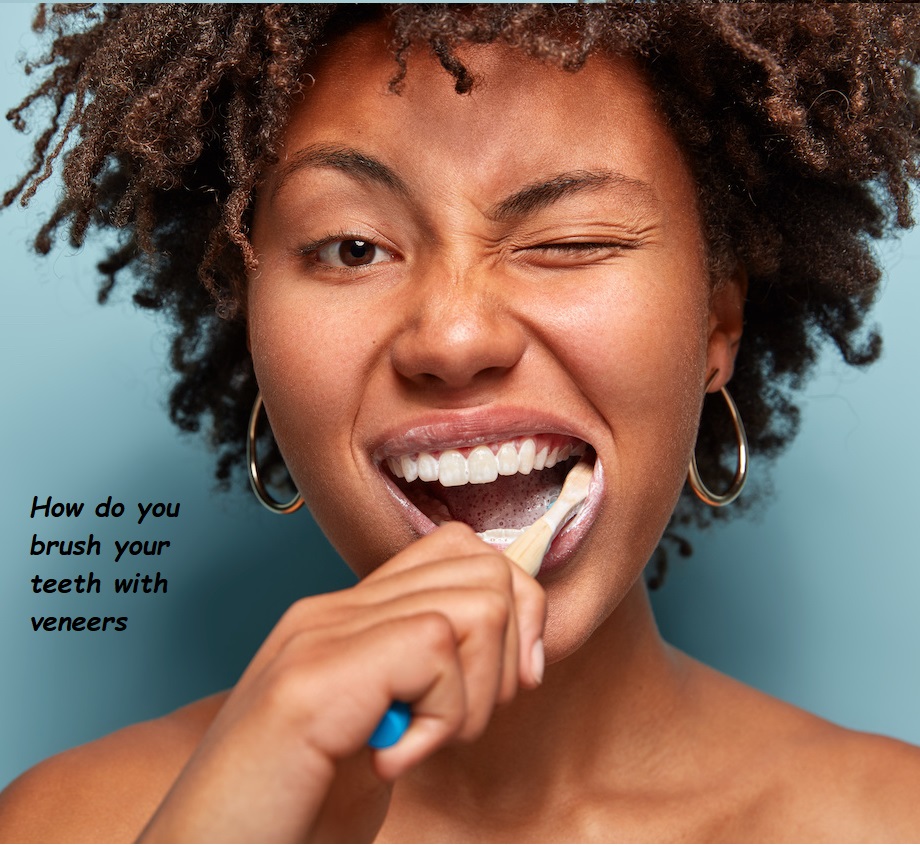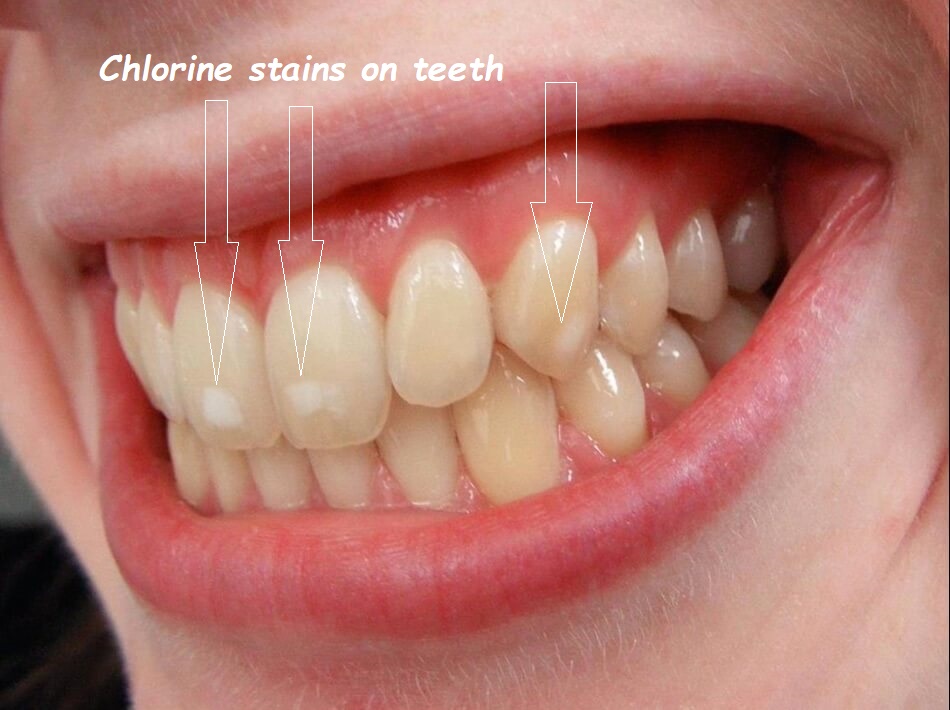Gold Teeth Types, Care, and Modern Trends
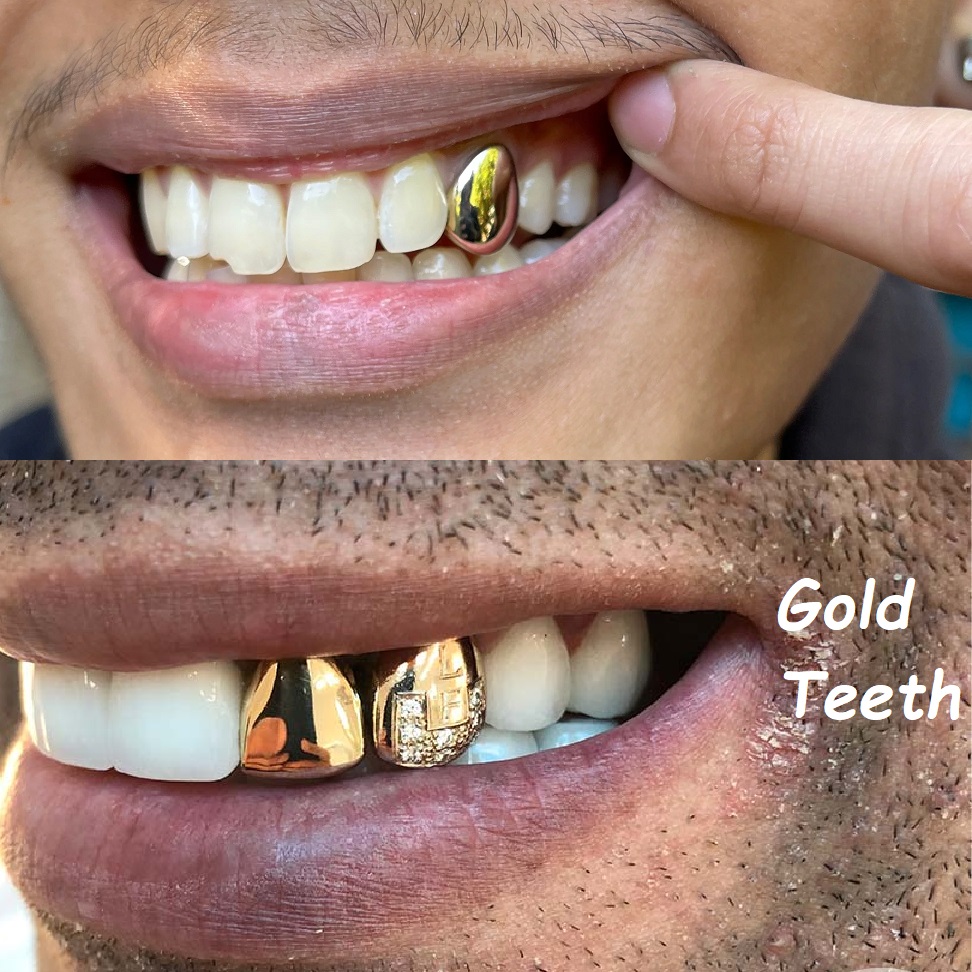
The Complete Guide to Gold Teeth: History, Types, Care, and Modern Trends
Gold teeth have long been a symbol of wealth, status, and individuality. Whether used as a fashion statement, dental restoration, or cultural emblem, gold teeth have a rich history and remain a popular choice for many today. This comprehensive guide will explore everything you need to know about gold teeth, including their origins, types, maintenance, and the latest trends.
Table of Contents
- Introduction to Gold Teeth
- What Are Gold Teeth?
- The Historical Significance of Gold Teeth
- Gold Teeth in Popular Culture
- Types of Gold Teeth
- Solid Gold Crowns
- Gold Tooth Caps and Covers
- Gold Dental Implants
- Gold Grills (Grillz)
- Gold Inlays and Onlays
- Why Choose Gold Teeth?
- Durability and Longevity
- Aesthetic Appeal and Personal Style
- Biocompatibility and Oral Health Benefits
- Cultural and Symbolic Value
- The Process of Getting Gold Teeth
- Consultation with a Dentist
- Preparation and Molding
- Installation of Gold Crowns or Caps
- Customization of Gold Grills
- Cost of Gold Teeth
- Factors Affecting the Price
- Average Costs of Different Types of Gold Teeth
- Insurance and Financing Options
- Gold Teeth in Dentistry
- Advantages of Gold in Dental Restorations
- Comparing Gold to Other Dental Materials
- Long-Term Maintenance of Gold Dental Work
- Gold Grills (Grillz): A Fashion Statement
- The Evolution of Gold Grills in Hip-Hop Culture
- Customization and Design Options
- How to Care for Gold Grills
- The Impact of Gold Grills on Oral Health
- Caring for Gold Teeth
- Daily Cleaning and Maintenance
- Protecting Gold Teeth from Damage
- Polishing and Professional Cleaning
- Addressing Common Issues Like Tarnishing and Wear
- Common Myths and Misconceptions About Gold Teeth
- Myth: Gold Teeth Are Only for the Wealthy
- Myth: Gold Teeth Are Uncomfortable
- Myth: Gold Teeth Are Prone to Damage
- Gold Teeth vs. Other Precious Metals in Dentistry
- Comparing Gold to Platinum, Silver, and Palladium
- The Benefits and Drawbacks of Each Metal
- Which Metal Is Best for Your Dental Needs?
- Cultural Perspectives on Gold Teeth
- Gold Teeth in Different Cultures and Traditions
- The Symbolism of Gold Teeth Across the World
- Modern Cultural Appropriation and Gold Teeth
- Risks and Considerations
- Potential Allergic Reactions
- The Importance of Skilled Dental Work
- Balancing Aesthetics with Oral Health
- Gold Teeth for Medical Reasons
- Using Gold for Dental Restorations
- Gold Crowns for Severe Tooth Decay or Damage
- When Gold Is Recommended by Dentists
- FAQs About Gold Teeth
- How Long Do Gold Teeth Last?
- Are Gold Teeth Safe for Everyone?
- Can Gold Teeth Be Removed or Replaced?
- How Do Gold Teeth Affect Speech and Eating?
- Conclusion: Is Gold Right for Your Teeth?
- Assessing Your Personal and Dental Needs
- Weighing the Pros and Cons of Gold Teeth
- Final Thoughts on Embracing Gold in Your Smile
1. Introduction to Gold Teeth
What Are Gold Teeth?
Gold teeth refer to dental restorations or decorative dental accessories made from gold or gold alloys. These can include crowns, caps, implants, inlays, onlays, and even grills. Gold has been used in dentistry for centuries due to its durability, biocompatibility, and unique aesthetic appeal. Whether used for functional dental work or as a bold fashion statement, gold teeth continue to be a popular choice.
The Historical Significance of Gold Teeth
The use of gold in dental restorations dates back to ancient civilizations. The Etruscans, an ancient Italian civilization, were among the first to use gold in dentistry around 700 B.C., creating gold dental bridges and crowns. Gold was chosen for its malleability, resistance to corrosion, and luxurious appearance.
In modern history, gold teeth have been associated with wealth and status. During the 19th and 20th centuries, gold was a preferred material for dental restorations among the affluent, symbolizing both health and prosperity. Today, gold teeth continue to carry cultural and symbolic weight, particularly in certain communities and subcultures.
Gold Teeth in Popular Culture
Gold teeth have also made a significant impact on popular culture, particularly within the hip-hop community. In the late 20th century, gold grills became a symbol of success and individuality in the music industry. Artists like Nelly, Lil Wayne, and Paul Wall popularized the trend, making gold teeth synonymous with the bling culture. Beyond music, gold teeth have appeared in films, fashion, and art, cementing their place as a cultural icon.
2. Types of Gold Teeth
Solid Gold Crowns
Solid gold crowns are one of the most durable types of dental restorations. These crowns are made entirely of gold or gold alloy and are typically used for molars and premolars. Due to their strength, they are particularly suitable for teeth that undergo significant chewing pressure.
Gold Tooth Caps and Covers
Gold caps and covers are used to encase the visible portion of a tooth. They are often chosen for their aesthetic appeal and can be custom-designed with various engravings or embedded jewels. Gold caps can be used to cover natural teeth or as part of a dental restoration.
Gold Dental Implants
Gold dental implants are metal posts surgically placed into the jawbone to replace missing teeth. While the implant itself may be made of titanium for strength, the visible crown can be crafted from gold, combining durability with a striking appearance.
Gold Grills (Grillz)
Gold grills, also known as grillz, are decorative covers worn over the teeth. They are typically made from gold or gold-plated materials and can be customized with diamonds, gemstones, and intricate designs. Grills are removable and are often worn as a fashion accessory rather than a permanent dental fixture.
Gold Inlays and Onlays
Gold inlays and onlays are partial dental restorations used to repair damaged or decayed teeth. Inlays fill cavities within the tooth, while onlays cover a larger area, including the tooth’s cusps. Gold is chosen for its precision fit and long-lasting wear, making it ideal for these types of restorations.
3. Why Choose Gold Teeth?
Durability and Longevity
One of the main reasons people choose gold teeth is their incredible durability. Gold is a soft metal that doesn’t wear down like other materials, and it resists corrosion, making it ideal for long-term dental restorations. Gold crowns, for example, can last decades with proper care, far outlasting those made from porcelain or composite materials.
Aesthetic Appeal and Personal Style
Gold teeth offer a unique and bold aesthetic that appeals to many for its luxurious look. Whether you prefer a subtle gold crown or an elaborate custom grill, gold teeth allow for personal expression and a statement of individuality. The gleam of gold in a smile can also symbolize wealth, success, and confidence.
Biocompatibility and Oral Health Benefits
Gold is highly biocompatible, meaning it’s less likely to cause allergic reactions or irritation in the mouth. Unlike some metals, gold doesn’t corrode or react with bodily fluids, making it a safe option for many patients. Additionally, gold’s malleability allows for precise dental restorations that fit comfortably and function effectively.
Cultural and Symbolic Value
In many cultures, gold teeth are seen as a symbol of status, wealth, and even spiritual significance. They can represent a rite of passage, a sign of prosperity, or an emblem of cultural identity. For some, gold teeth are a way to honor tradition, while for others, they serve as a bold fashion statement or personal trademark.
4. The Process of Getting Gold Teeth
Consultation with a Dentist
The journey to getting gold teeth begins with a consultation with a dentist or dental specialist. During this visit, the dentist will assess your oral health, discuss your goals, and determine the best type of gold dental work for your needs. This is also the time to ask questions about the process, costs, and expected outcomes.
Preparation and Molding
If you’re opting for gold crowns or caps, the dentist will prepare the affected tooth by removing any decay and shaping it to fit the restoration. For gold grills, the dentist or a jeweler will take a mold of your teeth to ensure a custom fit. This mold is then used to create a precise replica of your teeth, which will guide the crafting of your gold dental work.
Installation of Gold Crowns or Caps
Once your gold crowns or caps are ready, they will be cemented onto your prepared teeth. The dentist will ensure the fit is perfect, making any necessary adjustments for comfort and function. After the crowns are placed, you’ll receive instructions on how to care for your new gold teeth.
Customization of Gold Grills
For gold grills, the customization options are nearly endless. You can choose the type of gold (yellow, white, or rose), add diamonds or other gemstones, and select designs that reflect your personal style. Once your grill is crafted, you’ll have a final fitting to ensure it fits comfortably and securely.
5. Cost of Gold Teeth
Factors Affecting the Price
The cost of gold teeth can vary widely based on several factors, including:
- Type of Gold: Pure gold is more expensive than gold alloys or gold-plated options.
- Complexity of Design: Custom grills with intricate designs or gemstones will cost more than simple gold crowns.
- Dental Work Involved: The cost can increase if significant dental preparation or additional procedures are required.
- Geographic Location: Dental prices vary depending on where you live and the local market rates.
Average Costs of Different Types of Gold Teeth
- Gold Crowns: Typically range from $1,000 to $2,500 per tooth, depending on the quality of gold and complexity of the work.
- Gold Caps: Can range from $500 to $2,000 per tooth.
- Gold Grills: Prices vary significantly based on customization but generally range from $200 to several thousand dollars.
- Gold Inlays/Onlays: Usually cost between $500 and $1,500 per tooth.
Insurance and Financing Options
While cosmetic gold teeth are generally not covered by dental insurance, gold crowns and other medically necessary gold restorations may be partially covered. It’s important to check with your insurance provider to understand your coverage. Additionally, many dental offices offer financing options to help manage the cost, making gold teeth more accessible.
6. Gold Teeth in Dentistry
Advantages of Gold in Dental Restorations
Gold has several advantages when used in dental restorations:
- Durability: Gold restorations are incredibly strong and can withstand the forces of chewing without wearing down.
- Precision Fit: Gold’s malleability allows for restorations that fit perfectly, reducing the risk of gaps or misalignment.
- Biocompatibility: Gold is less likely to cause allergic reactions or irritation, making it suitable for many patients.
- Minimal Tooth Reduction: Less of the natural tooth needs to be removed when placing gold restorations, preserving more of the tooth structure.
Comparing Gold to Other Dental Materials
While gold is a premium choice for dental work, it’s not the only option. Here’s how it compares to other common materials:
- Porcelain: Offers a natural tooth color but is more prone to chipping and wear.
- Composite Resin: Affordable and tooth-colored but less durable and may require more frequent replacement.
- Zirconia: Strong and tooth-colored, but more expensive and less flexible than gold.
Long-Term Maintenance of Gold Dental Work
Gold dental restorations require minimal maintenance compared to other materials. Regular brushing, flossing, and dental check-ups are usually sufficient to keep gold teeth in excellent condition. Gold doesn’t tarnish or corrode, but it’s still important to monitor for signs of wear or damage and address them promptly with your dentist.
7. Gold Grills (Grillz): A Fashion Statement
The Evolution of Gold Grills in Hip-Hop Culture
Gold grills emerged as a significant trend in the hip-hop community during the 1980s and 1990s. Originally a symbol of wealth and success, grills became a form of artistic expression, with rappers and artists customizing their grills with intricate designs, diamonds, and personal insignia. Over time, grills transcended hip-hop culture and entered mainstream fashion, appearing on runways, in music videos, and in the collections of high-end jewelers.
Customization and Design Options
The customization of gold grills is a highly personal process. Some popular options include:
- Engravings: Names, initials, or patterns can be engraved into the gold.
- Gemstones: Diamonds, sapphires, and other gemstones can be embedded into the grill for added sparkle.
- Colors: In addition to traditional yellow gold, grills can be made in white or rose gold.
- Shapes and Styles: Grills can cover a single tooth, multiple teeth, or the entire set, with options for removable or permanent designs.
How to Care for Gold Grills
Caring for gold grills is essential to maintain their shine and prevent damage:
- Remove Before Eating: Food particles can get trapped in the grill, leading to plaque buildup and potential decay.
- Clean Regularly: Use a soft toothbrush and mild toothpaste to clean the grill after each use.
- Store Properly: When not in use, store your grill in a protective case to avoid scratches and damage.
The Impact of Gold Grills on Oral Health
While gold grills can be worn safely, improper use or neglect can lead to oral health issues:
- Gum Irritation: Poorly fitted grills can irritate the gums, leading to inflammation or infection.
- Decay and Plaque Buildup: Food and bacteria can become trapped between the grill and teeth, increasing the risk of cavities and gum disease.
- Tooth Discoloration: If grills are worn constantly without proper cleaning, the teeth underneath may become discolored.
To avoid these issues, it’s crucial to maintain good oral hygiene and remove the grill regularly to allow your teeth and gums to breathe.
8. Caring for Gold Teeth
Daily Cleaning and Maintenance
Gold teeth, whether crowns or grills, require regular cleaning to maintain their appearance and function. Here’s how to keep your gold teeth in top condition:
- Brushing: Brush your gold teeth twice daily with a non-abrasive toothpaste. Use a soft-bristle toothbrush to avoid scratching the surface.
- Flossing: Floss daily to remove food particles and plaque from around the gold teeth.
- Rinsing: Rinse your mouth with an antibacterial mouthwash to help reduce bacteria and keep your gold teeth shiny.
Protecting Gold Teeth from Damage
Gold teeth are durable but not indestructible. To protect them:
- Avoid Hard Foods: Biting down on hard foods like ice, nuts, or hard candy can damage gold crowns or grills.
- Regular Dental Visits: Schedule regular check-ups to ensure your gold teeth are in good condition and address any potential issues early.
- Wear a Mouthguard: If you play contact sports, wear a mouthguard to protect your gold teeth from impact damage.
Polishing and Professional Cleaning
Over time, gold teeth may lose some of their luster. To restore their shine:
- At-Home Polishing: You can use a gold polishing cloth to gently buff your gold teeth. Make sure the cloth is safe for use on dental work.
- Professional Cleaning: Your dentist can professionally clean and polish your gold teeth during regular visits, removing any buildup and restoring their gleam.
Addressing Common Issues Like Tarnishing and Wear
While gold is resistant to tarnish, it can still lose its shine due to plaque buildup or exposure to certain chemicals. If you notice tarnishing:
- Gently Polish: Use a gold polishing cloth to restore shine.
- Consult Your Dentist: If tarnishing persists or if you notice any signs of wear, consult your dentist for advice and possible refinishing.
9. Common Myths and Misconceptions About Gold Teeth
Myth: Gold Teeth Are Only for the Wealthy
While gold teeth have historically been a symbol of wealth, they are not exclusive to the wealthy. Advances in dental technology and options like gold-plated grills have made gold teeth accessible to a wider audience. Whether for functional or aesthetic reasons, gold teeth are available at various price points to suit different budgets.
Myth: Gold Teeth Are Uncomfortable
Many people assume that gold teeth, particularly grills, are uncomfortable to wear. However, when properly fitted by a skilled dentist or jeweler, gold teeth should feel no different than natural teeth or other dental restorations. The key to comfort is ensuring a precise fit and high-quality craftsmanship.
Myth: Gold Teeth Are Prone to Damage
Gold is one of the most durable materials used in dentistry. While it is softer than some metals, gold’s durability comes from its ability to resist wear and tear over time. Proper care and regular dental visits will ensure that your gold teeth remain in excellent condition for years.
10. Gold Teeth vs. Other Precious Metals in Dentistry
Comparing Gold to Platinum, Silver, and Palladium
Gold is not the only precious metal used in dentistry. Here’s how it compares to others:
- Platinum: More expensive and harder than gold, platinum is less commonly used due to its cost and density, which can make it less comfortable for dental restorations.
- Silver: Often used in amalgam fillings, silver is less expensive but doesn’t offer the same aesthetic appeal as gold. It can also corrode over time.
- Palladium: A cheaper alternative to platinum, palladium is often alloyed with gold to create a stronger, more durable material. It is less biocompatible than gold, with a higher risk of allergic reactions.
The Benefits and Drawbacks of Each Metal
- Gold: Offers a balance of durability, biocompatibility, and aesthetic appeal, but it is more expensive.
- Platinum: Highly durable and resistant to corrosion but very costly and less flexible.
- Silver: Affordable and functional for fillings, but less attractive and prone to corrosion.
- Palladium: Strong and durable but may cause allergic reactions and lacks the prestige of gold.
Which Metal Is Best for Your Dental Needs?
The best metal for your dental work depends on your priorities—whether you value durability, aesthetics, or cost. For many, gold remains the top choice due to its long history of use in dentistry, its balance of strength and beauty, and its proven track record of safety and comfort.
11. Cultural Perspectives on Gold Teeth
Gold Teeth in Different Cultures and Traditions
Gold teeth have a rich cultural history around the world. In some cultures, gold teeth are a symbol of wealth and power, while in others, they are a sign of beauty and status. For example:
- Central and South America: Gold teeth have been used historically by indigenous peoples as a symbol of power and high social status.
- Russia: In the Soviet era, gold teeth were common among the working class as a practical and durable dental solution.
- Africa: In some African cultures, gold teeth are considered a symbol of beauty and prosperity.
The Symbolism of Gold Teeth Across the World
The symbolism of gold teeth varies widely:
- Status and Wealth: In many cultures, gold teeth are a sign of financial success and social standing.
- Rebellion and Individuality: In contemporary Western culture, particularly within the hip-hop community, gold teeth have become a symbol of rebellion, self-expression, and cultural identity.
- Spiritual Significance: In some traditions, gold teeth are believed to bring good fortune or protect against evil.
Modern Cultural Appropriation and Gold Teeth
As gold teeth have gained popularity beyond their cultural origins, discussions about cultural appropriation have emerged. It’s important to recognize the cultural significance of gold teeth in different communities and to approach the trend with respect and awareness. Understanding the history and meaning behind gold teeth can help ensure that they are worn with the appropriate cultural sensitivity.
12. Risks and Considerations
Potential Allergic Reactions
While gold is highly biocompatible, some individuals may still experience allergic reactions, particularly to gold alloys that contain other metals like nickel or palladium. Symptoms of an allergic reaction may include swelling, redness, and discomfort around the affected area. If you have a known metal allergy, discuss alternative materials with your dentist.
The Importance of Skilled Dental Work
Gold dental work requires precision and expertise. Poorly crafted or improperly fitted gold restorations can lead to discomfort, gum irritation, and even damage to the surrounding teeth. It’s essential to choose a skilled and experienced dentist or jeweler to ensure your gold teeth are both functional and comfortable.
Balancing Aesthetics with Oral Health
While gold teeth offer a unique aesthetic, it’s important not to compromise oral health for appearance. For example, poorly fitted gold grills can lead to gum disease and tooth decay. Always prioritize oral health when considering gold teeth, and follow your dentist’s advice on care and maintenance.
13. Gold Teeth for Medical Reasons
Using Gold for Dental Restorations
Gold has long been used in dental restorations due to its durability and biocompatibility. It’s often chosen for:
- Crowns and Bridges: Gold is ideal for crowns and bridges in the back of the mouth, where durability is paramount.
- Inlays and Onlays: Gold inlays and onlays are used to repair large cavities or damaged teeth, providing a precise and long-lasting solution.
- Implants: Gold crowns can be placed on dental implants for a strong and aesthetically pleasing restoration.
Gold Crowns for Severe Tooth Decay or Damage
Gold crowns are often recommended for teeth that have been severely damaged or decayed. The gold crown provides a strong, protective covering that can withstand the forces of chewing and last for many years. Because of its durability, gold is particularly suitable for molars, which endure significant pressure during eating.
When Gold Is Recommended by Dentists
Dentists may recommend gold for patients who require durable, long-lasting restorations, particularly in areas of the mouth that experience heavy use. Gold is also recommended for patients with a history of allergies to other dental materials or those who prefer the unique aesthetic of gold.
14. FAQs About Gold Teeth
How Long Do Gold Teeth Last?
With proper care, gold teeth can last 20 years or more. Gold is highly resistant to wear and corrosion, making it one of the most durable materials for dental work. Regular dental check-ups and good oral hygiene will help ensure your gold teeth last as long as possible.
Are Gold Teeth Safe for Everyone?
Gold teeth are generally safe for most people. However, those with metal allergies should consult with their dentist to determine if gold or a specific gold alloy is appropriate. It’s also important to ensure that gold teeth are fitted and crafted by a skilled professional to avoid complications.
Can Gold Teeth Be Removed or Replaced?
Yes, gold teeth can be removed or replaced if necessary. Gold crowns can be taken off by a dentist if they need to be replaced due to wear, damage, or changes in the surrounding teeth. Removable gold grills can be easily taken off and put back on as desired.
How Do Gold Teeth Affect Speech and Eating?
Properly fitted gold teeth should not significantly affect speech or eating. However, it may take some time to adjust to the feel of gold crowns or grills in your mouth. If you experience persistent issues with speech or chewing, consult your dentist for adjustments.
Do Gold Teeth Tarnish Over Time?
Gold teeth are resistant to tarnish, especially if made from high-quality gold. However, exposure to certain chemicals, foods, or poor oral hygiene can dull their shine. Regular cleaning and polishing will keep your gold teeth looking their best.
Can Gold Teeth Cause Health Problems?
When crafted and maintained properly, gold teeth do not typically cause health problems. However, poorly fitted gold grills or crowns can lead to gum irritation, plaque buildup, or tooth decay. It’s important to follow your dentist’s care instructions and attend regular check-ups to prevent any issues.
15. Conclusion: Is Gold Right for Your Teeth?
Assessing Your Personal and Dental Needs
Choosing gold for your teeth is a personal decision that should be based on your aesthetic preferences, dental needs, and budget. Gold offers a unique combination of durability, biocompatibility, and style, making it a popular choice for many. However, it’s important to consult with a dentist to ensure that gold is the right option for your specific dental situation.
Weighing the Pros and Cons of Gold Teeth
Gold teeth come with many benefits, including long-lasting durability, minimal risk of allergic reactions, and a distinctive appearance. However, they can also be expensive and require careful maintenance. Weigh these factors carefully to determine if gold teeth are the best choice for you.
Final Thoughts on Embracing Gold in Your Smile
Whether you’re considering gold teeth for medical reasons or as a fashion statement, they offer a timeless appeal and unmatched durability. With the proper care and expert craftsmanship, gold teeth can be a valuable and stylish addition to your smile, reflecting both your personality and your commitment to quality.

